Kathmandu Valley
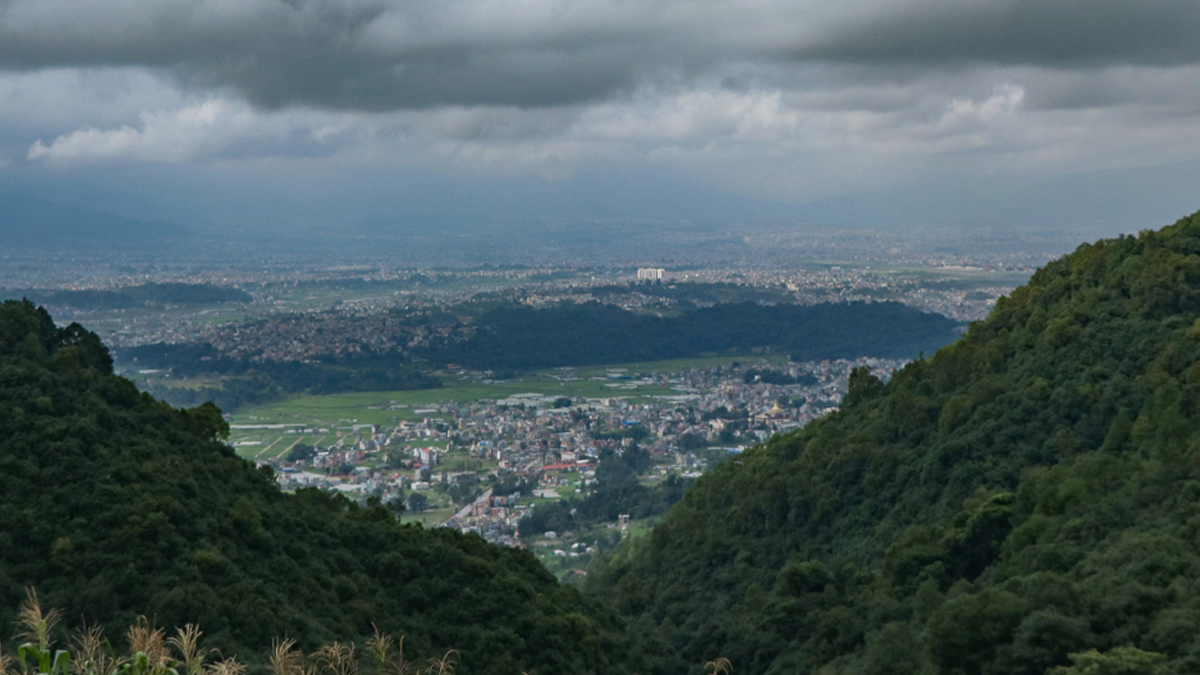
Kathmandu Valley, Nepal’s vibrant cultural heart, blends ancient tradition with modern energy. With its UNESCO World Heritage Sites—Kathmandu Durbar Square, Pashupatinath, Boudhanath, Swayambhunath—this valley is a powerhouse of architecture, spirituality, and history. Search terms like Kathmandu Valley attractions, things to do Kathmandu, and cultural heritage Nepal capture its essence.
Wander narrow alleys in Thamel where lively markets offer traditional crafts, Himalayan gear, Tibetan art—to thrill lovers of shopping in Kathmandu. Wander through centuries-old palaces, courtyards, and pagoda-roofs in Durbar Square and admire the divine ghats at Pashupatinath Temple along the Bagmati River. At Boudhanath Stupa and Swayambhunath Stupa (Monkey Temple), experience Buddhist chants, fluttering prayer flags, panoramic valley views, and spiritual peace.
Kathmandu Valley’s basil in Nepal travel, trekking preparation, cultural tours, food experiences draws visitors craving Nepal sightseeing tours, Kathmandu food culture, Nepal temples tour. Sample momos, dal-bhat, Newari cuisine in Bhaktapur and Patan—the valley’s sister cities—renowned for their temple-rich squares, traditional arts and crafts, pottery, wood-carving.
Nestled among rolling hills, Kathmandu offers a gateway to Himalayan adventures—trekking Nepal, Everest Base Camp, Langtang Trek—but at the same time its own immersive journey into centuries of heritage, religion, festivals, and breathtaking landscapes. Whether you have days to explore or hours, Kathmandu Valley is an unforgettable tapestry of cultural heritage, spiritual intensity, and Nepal travel magic.
Solukhumbu District
Solukhumbu District, in eastern Nepal’s Koshi Province, is an iconic Himalayan region best known for being home to Mount Everest, the world’s highest peak, and the spectacular Sagarmatha National Park. Covering about 3,312 sq km, Solukhumbu spans altitude zones from roughly 600 meters in the lower Solu region up to 8,848 meters at Everest’s summit.
The district is divided into two sub-regions: Solu in the mid-hills and Khumbu in the high mountains. The lower Solu is green, rich in forests, terraced farming, and diverse ethnic cultures (Rai, Tamang, Kulung etc.), while Khumbu includes the high valleys, glaciers, alpine terrain, and the Sherpa communities renowned for mountaineering and trekking.
Solukhumbu has a population of about 100,000+ people, with many ethnic groups: Sherpa, Rai, Tamang, Limbu, Chhetri and others. Languages spoken include Nepali, Sherpa, Rai dialects, Kulung, Thulung, Khaling, etc. Religions blend Buddhism, Hinduism, and indigenous Kirat/Mundhum traditions.
For tourists, Solukhumbu is a top destination for Everest Base Camp trekking, Gokyo Lakes trail, Pikey Peak hike, and cultural tours in Namche Bazaar, Tengboche Monastery, Pangboche, and Khumjung. The district’s natural beauty includes deep valleys, rushing rivers like Dudh Koshi, dense rhododendron forests, snow-capped peaks, glaciers, and wildlife in Sagarmatha National Park.
Infrastructure is developing:Salleri is the administrative headquarters, with roads connecting to Phaplu and other rural municipalities. Lukla Airport is key gateway for trekkers heading into the Khumbu region. Local economy combines agriculture (potatoes, barley, maize), animal husbandry (yaks, goats), tourism incomes, and remittances. Handicrafts of Sherpa and mountain communities also contribute.
Mustang Nepal
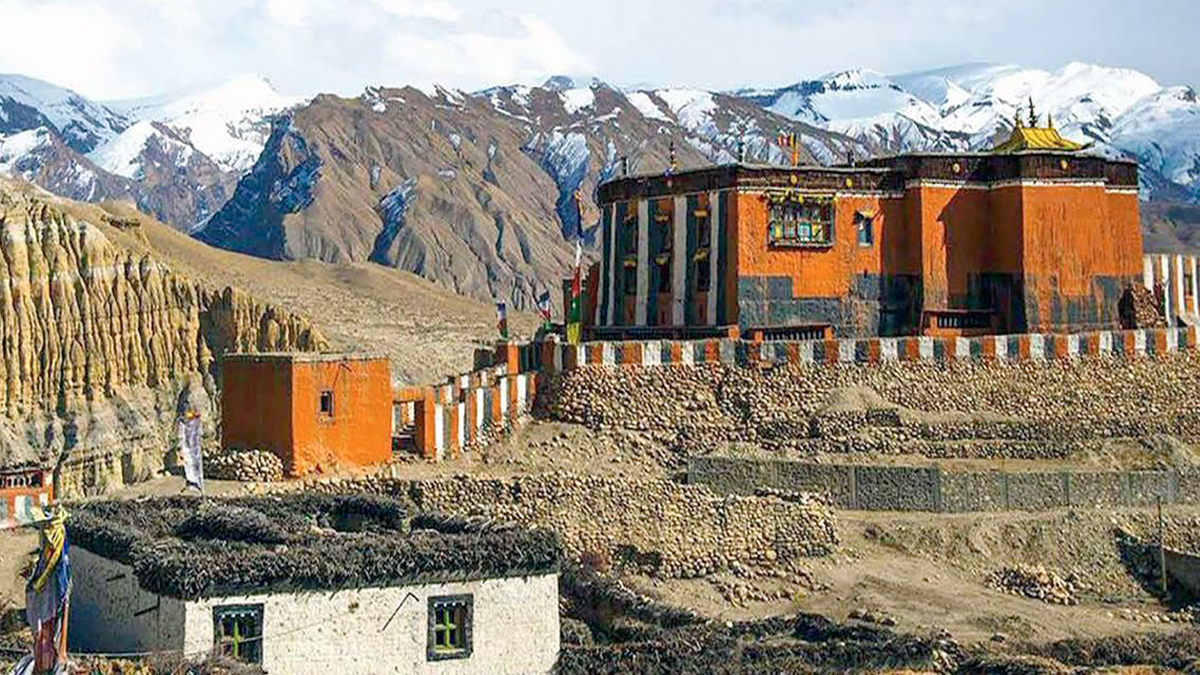
Upper Mustang and Lower Mustang are two of Nepal’s most fascinating Himalayan regions, blending ancient culture with breathtaking landscapes.
Upper Mustang, often called the “Last Forbidden Kingdom,” is a restricted trekking area near the Tibetan border. Known for the
Lo Manthang walled city, mysterious caves, Tibetan Buddhist monasteries, and desert-like cliffs, it offers a rare glimpse into preserved Himalayan traditions. Trekkers need a special permit, making it one of the most exclusive
Nepal trekking destinations. In contrast,
Lower Mustang is more accessible, famous for
Jomsom, Kagbeni, Muktinath Temple, and views of
Annapurna and Dhaulagiri ranges. The region is rich in culture, apple orchards, Kali Gandaki Gorge, and sacred pilgrimage routes. Together, Upper and Lower Mustang combine adventure, spirituality, and natural beauty, making them top choices for
Mustang trekking, Nepal tours, and Himalayan adventures for those seeking authenticity beyond the mainstream Annapurna trails.
Pokhara City – Gateway to the Annapurna Himalayas
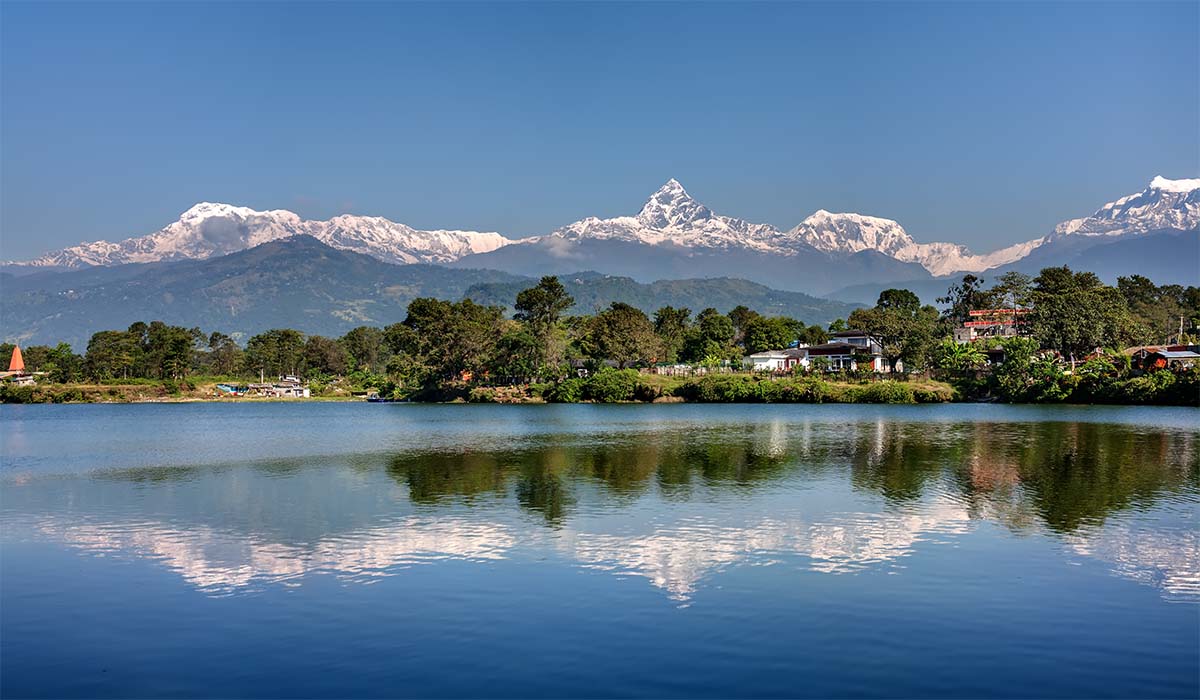 Pokhara, the jewel of Nepal, is one of the most beautiful cities in the Himalayas, famous for its tranquil lakes, adventure activities, and breathtaking mountain views. Known as the gateway to the Annapurna region, Pokhara is the starting point for world-famous treks such as the Annapurna Base Camp Trek, Ghorepani Poon Hill Trek, and Mardi Himal Trek. Just a 25-minute flight or 6-hour drive from Kathmandu, this peaceful lakeside city is a must-visit destination for travelers in Nepal.
Pokhara, the jewel of Nepal, is one of the most beautiful cities in the Himalayas, famous for its tranquil lakes, adventure activities, and breathtaking mountain views. Known as the gateway to the Annapurna region, Pokhara is the starting point for world-famous treks such as the Annapurna Base Camp Trek, Ghorepani Poon Hill Trek, and Mardi Himal Trek. Just a 25-minute flight or 6-hour drive from Kathmandu, this peaceful lakeside city is a must-visit destination for travelers in Nepal.
The highlight of Pokhara is Phewa Lake, where visitors can enjoy boating, kayaking, and stunning reflections of Machapuchare (Fishtail Mountain) and Annapurna South. The lakeside area is filled with charming hotels, restaurants, cafés, yoga studios, and souvenir shops, making it the best place to relax after a trek. Adventure seekers will love paragliding in Pokhara, ultralight flights, zip-lining, bungee jumping, and white-water rafting on the Seti and Trishuli rivers.
Cultural landmarks such as the World Peace Pagoda, Bindhyabasini Temple, and Gupteshwor Cave showcase Pokhara’s spiritual and historical richness. The city also offers stunning sunrise views from Sarangkot, one of the best viewpoints in Nepal.
With its mix of natural beauty, Himalayan adventures, and vibrant culture, Pokhara city is often called the “tourism capital of Nepal.” Whether you’re a trekker, adventure lover, or family traveler, Pokhara is the perfect destination to experience the magic of Nepal in one place.
Chitwan National Park – Jungle Safari in Nepal
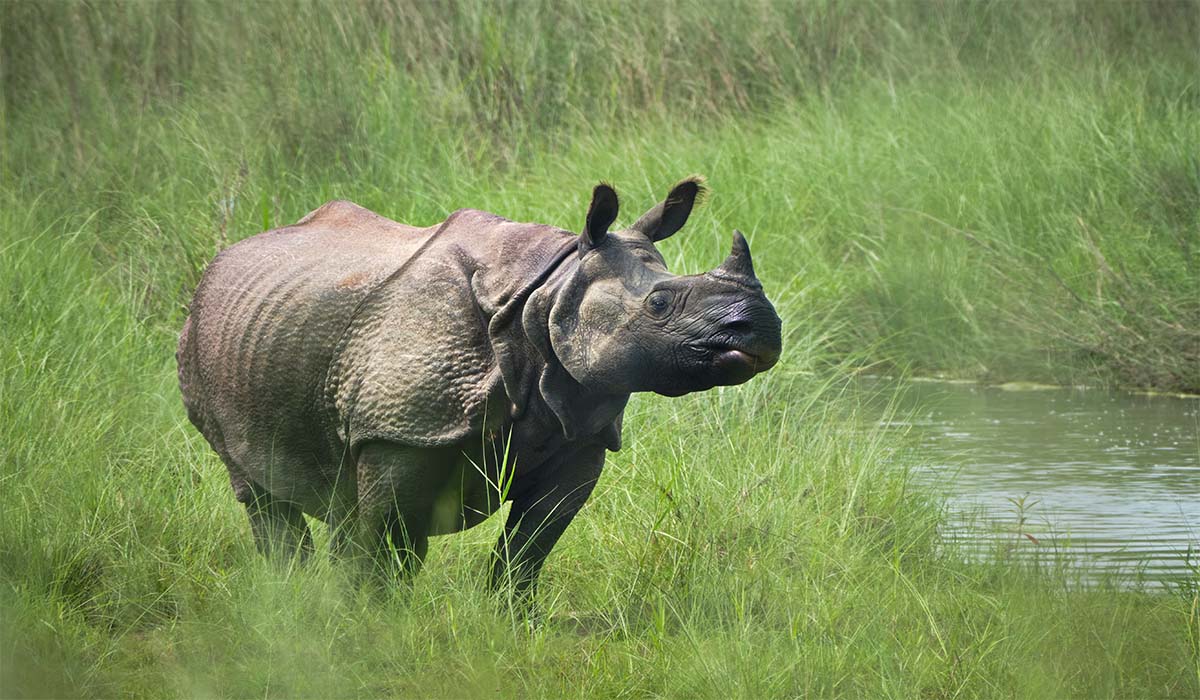
Chitwan National Park, a UNESCO World Heritage Site, is Nepal’s premier destination for wildlife safari and jungle adventure. Located in the subtropical lowlands of the Terai, this park is home to the famous one-horned rhinoceros, Bengal tigers, gharial crocodiles, wild elephants, and over 650 species of birds. Visitors can enjoy thrilling activities such as jeep safari, canoe ride, bird watching, jungle walk, and Tharu cultural tours, making it one of the best places for wildlife tourism in Nepal. The lush forests, grasslands, and river ecosystems create a natural paradise for nature lovers and photographers. Chitwan is also renowned for its Tharu culture, where guests can experience traditional dance, food, and village life. Just a 5–6 hour drive or a short flight from Kathmandu and Pokhara, Chitwan National Park is easily accessible and ideal for families, couples, and adventure seekers. Whether you dream of spotting a royal Bengal tiger, riding through dense jungle, or enjoying a peaceful evening by the Rapti River, Chitwan offers an unforgettable safari experience in Nepal’s wild heart.
Bardia National Park – Best Wildlife Safari in Nepal
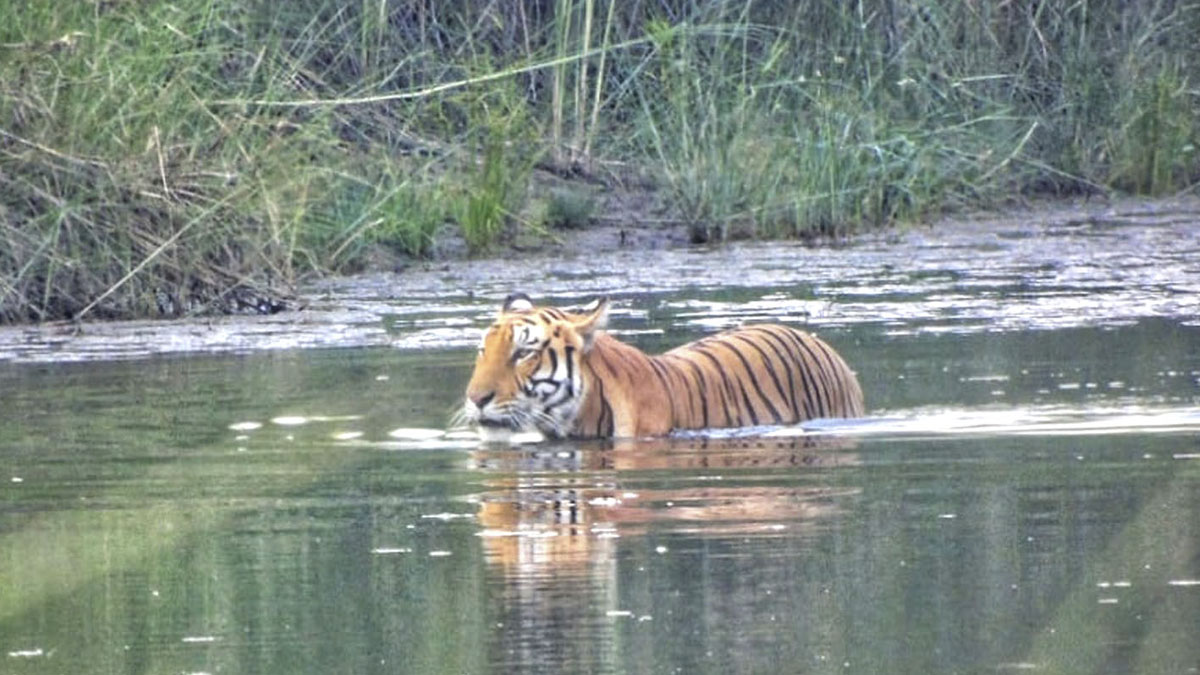 Bardia National Park, located in the western Terai region of Nepal, is the country’s largest and most unspoiled wilderness area, famous forjungle safari, wildlife tours and adventure holidays in Nepal. Covering 968 sq. km, this park is a paradise for nature and adventure lovers who want to experience the raw beauty of the Terai jungle. Known as the best place for tiger safari in Nepal, Bardia is home to the Royal Bengal Tiger, one-horned rhinoceros, wild elephants, swamp deer, and gharial crocodiles. The Karnali River that flows along the park is a hotspot for dolphin sightings and birdwatching, with over 400 species recorded.
Bardia National Park, located in the western Terai region of Nepal, is the country’s largest and most unspoiled wilderness area, famous forjungle safari, wildlife tours and adventure holidays in Nepal. Covering 968 sq. km, this park is a paradise for nature and adventure lovers who want to experience the raw beauty of the Terai jungle. Known as the best place for tiger safari in Nepal, Bardia is home to the Royal Bengal Tiger, one-horned rhinoceros, wild elephants, swamp deer, and gharial crocodiles. The Karnali River that flows along the park is a hotspot for dolphin sightings and birdwatching, with over 400 species recorded.
Visitors can enjoy a wide range of activities such as jeep safari, jungle walk, rafting, camping, and cultural tours with the indigenous Tharu community. Less crowded than Chitwan, Bardia offers a more authentic, off-the-beaten-path adventure, making it a perfect destination for wildlife photographers and eco-tourism travelers. The best time to visit Bardia National Park is autumn (October–December) and spring (March–May) when the weather is pleasant and wildlife viewing is at its peak. Easily accessible via flight or road from Kathmandu and Nepalgunj, Bardia National Park safari tours provide a once-in-a-lifetime chance to explore Nepal’s untamed wilderness.
Lumbini – Birthplace of Lord Buddha
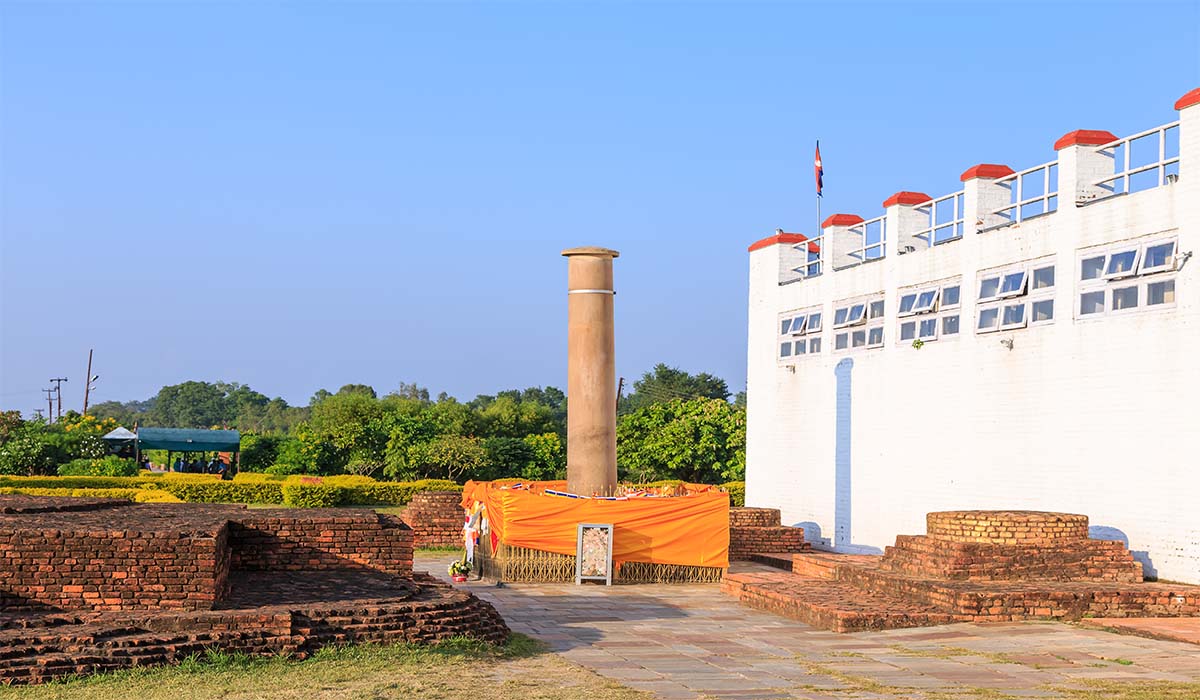
Lumbini, located in the Rupandehi district of Nepal, is one of the most sacred UNESCO World Heritage Sites and the spiritual birthplace of Lord Gautam Buddha. This holy pilgrimage site attracts millions of Buddhist followers and travelers from around the world seeking peace and enlightenment. The main attraction is the Maya Devi Temple, which marks the exact spot where Queen Maya Devi gave birth to Siddhartha Gautam. Surrounding the temple are ancient Ashokan Pillar inscriptions, sacred gardens, monasteries built by different nations, and meditation centers. Lumbini is also home to the Lumbini Monastic Zone, featuring stunning architecture from countries like Thailand, Myanmar, China, Japan, and Sri Lanka. Visitors can enjoy a serene walk through tranquil gardens, explore centuries-old ruins, or meditate in peaceful monasteries. Just a short distance away lies Tilaurakot, the ancient palace of Prince Siddhartha. Lumbini is not only a sacred site for Buddhist pilgrims but also a major destination for spiritual tours in Nepal, offering history, culture, and serenity in one place.






 Pokhara, the jewel of Nepal, is one of the most beautiful cities in the Himalayas, famous for its tranquil lakes, adventure activities, and breathtaking mountain views. Known as the gateway to the Annapurna region, Pokhara is the starting point for world-famous treks such as the Annapurna Base Camp Trek,
Pokhara, the jewel of Nepal, is one of the most beautiful cities in the Himalayas, famous for its tranquil lakes, adventure activities, and breathtaking mountain views. Known as the gateway to the Annapurna region, Pokhara is the starting point for world-famous treks such as the Annapurna Base Camp Trek, 
 Bardia National Park, located in the western Terai region of Nepal, is the country’s largest and most unspoiled wilderness area, famous for
Bardia National Park, located in the western Terai region of Nepal, is the country’s largest and most unspoiled wilderness area, famous for
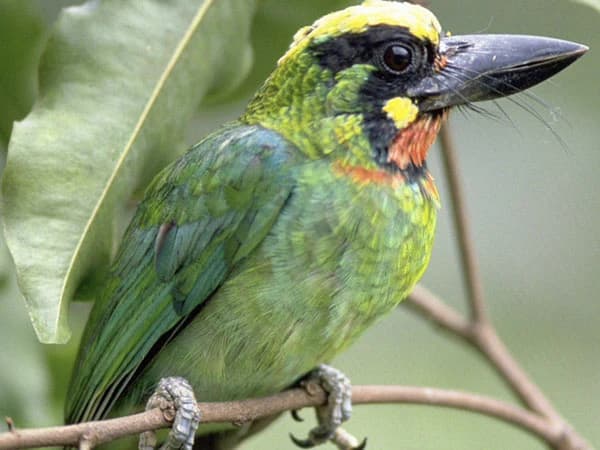
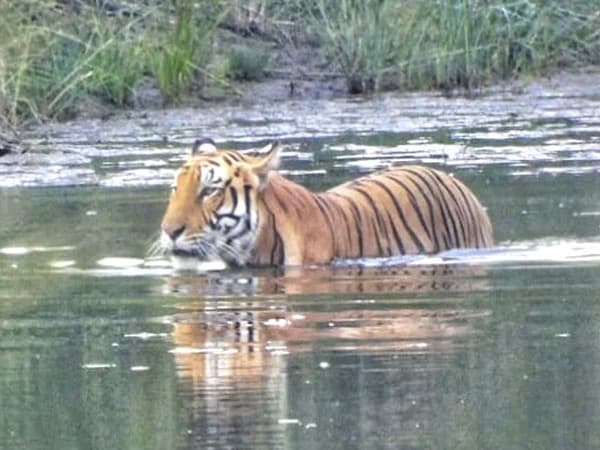
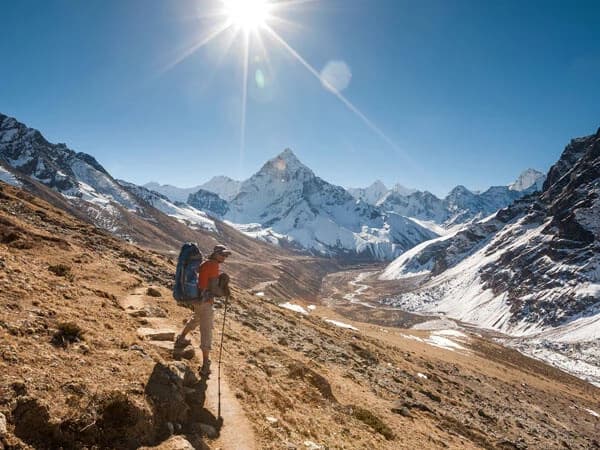
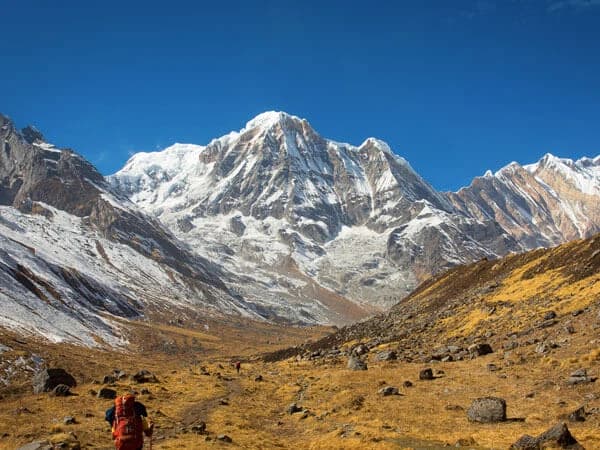
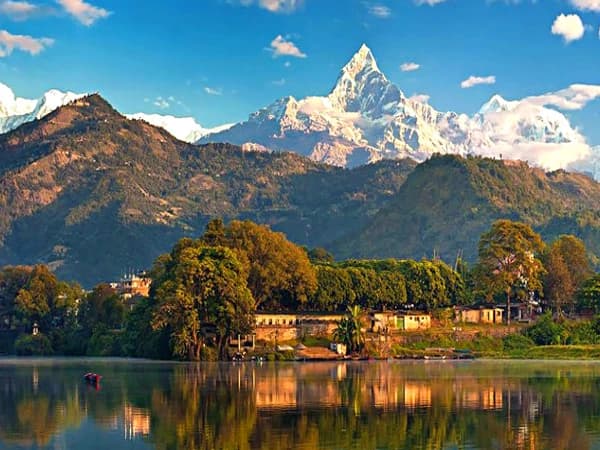
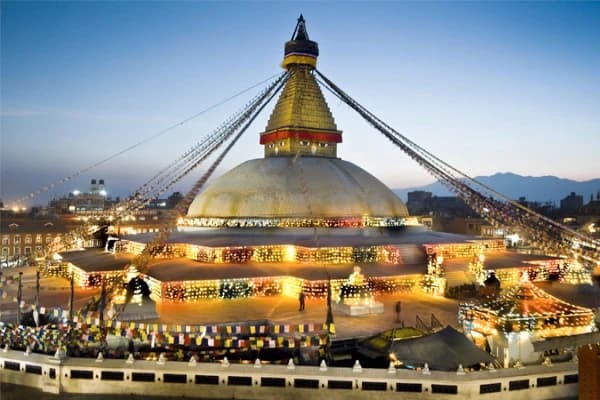
-(5).webp&w=1200&q=75&dpl=dpl_GDHRyonDC5uCJ5MtiFRDmK8W8YHj)
